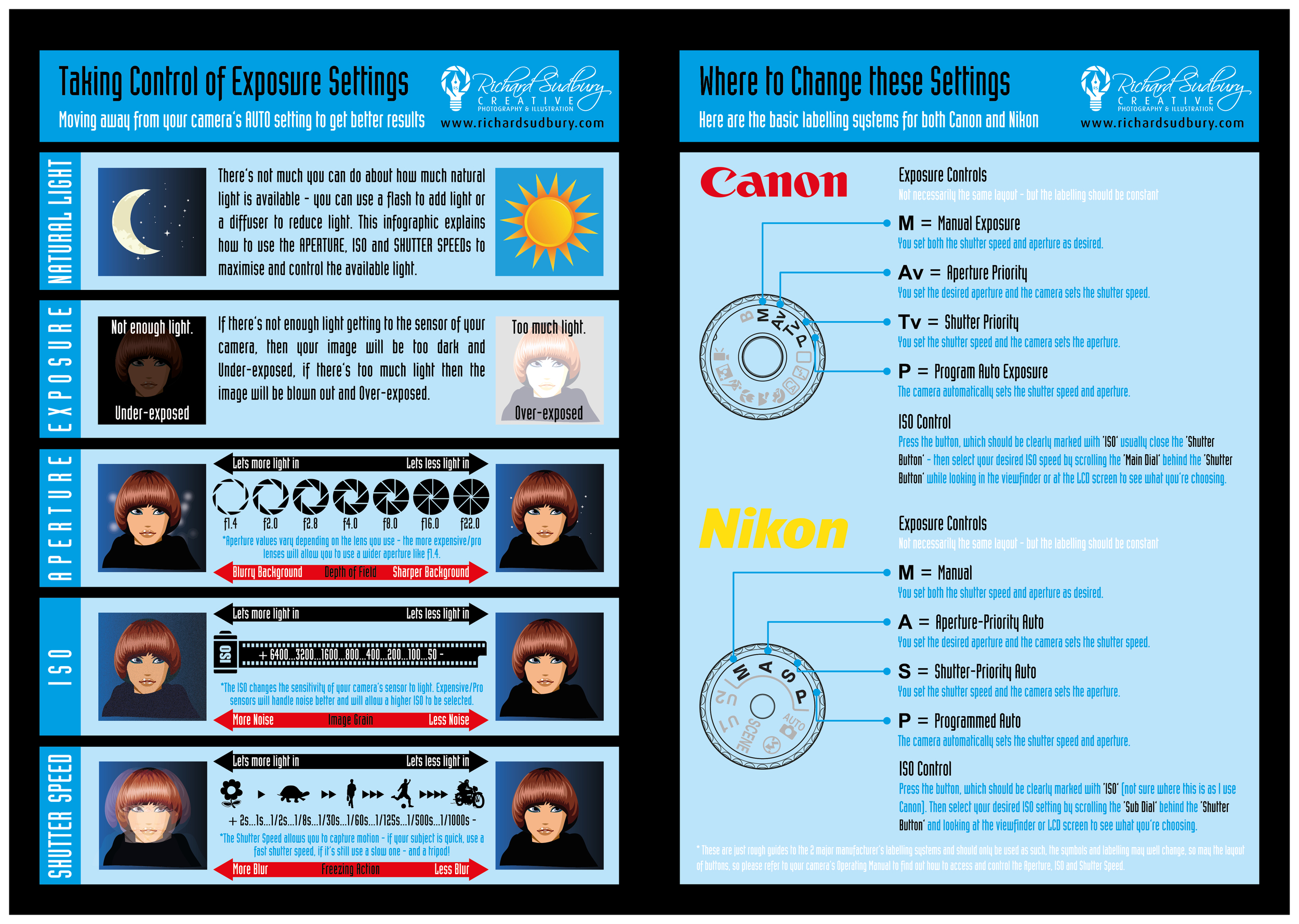Transform Your Photography By Mastering Lights Methods That Can Elevate Your Photos-- Uncover The Typical Mistakes That Could Be Holding You Back
Transform Your Photography By Mastering Lights Methods That Can Elevate Your Photos-- Uncover The Typical Mistakes That Could Be Holding You Back
Blog Article
Content Author-Parks Olsson
As a digital photographer, you understand that lighting can make or damage your photos. Understanding the nuances of both all-natural and man-made light is essential for capturing the state of mind and quality you go for in your work. Whether you're chasing after the ideal golden hour glow or fine-tuning your fabricated setups, mastering these components can elevate your digital photography substantially. Yet there are common risks that lots of overlook, and recognizing them can change your technique to every shoot. Allow's discover what you could be missing out on and just how it can influence your outcomes.
Understanding All-natural Light
Recognizing natural light is crucial for any photographer looking to boost their work. It's the foundation of terrific digital photography, influencing state of mind, tone, and clearness. When you fire outdoors, pay attention to the time of day. The gold hour-- shortly after sunrise and before sundown-- supplies soft, cozy light that can transform regular scenes into sensational pictures.
Don't underestimate the power of cloudy days. Cloud cover diffuses sunlight, developing a soft, even light that's ideal for portraits and macro photography. You'll find colors appear this kind of lighting without extreme shadows.
Placing matters, as well. Always consider your topic's positioning to the light source. If the sun's behind your topic, you may wind up with a silhouette, which can be remarkable however mightn't be what you desire. Conversely, direct sunshine can develop unflattering shadows.
Explore angles; in some cases, changing your perspective can generate impressive outcomes. Use natural reflectors, like water or sand, to bounce light onto your subject, adding measurement.
Mastering Artificial Light
Understanding artificial light is necessary for professional photographers that want to take their skills to the next level. Whether you're utilizing speedlights, studio strobes, or continual lights, recognizing exactly how to manipulate these sources can substantially improve your pictures.
Beginning by familiarizing on your own with the essentials of light high quality, instructions, and shade temperature. Explore https://www.ephotozine.com/article/8-summer-outdoor-portrait-tips-for-photography-newbies-16704 like softboxes, umbrellas, or grids to manage the softness or harshness of the light.
linked resource site 'll find that soft light often creates complementary results, while harsher light can include dramatization and deepness. Don't shy away from darkness; they can boost the three-dimensionality of your topics.
Pay attention to the placement of your lights. A light located also near your subject can create uncomplimentary outcomes, while as well far can cause a lack of detail. Make use of a light meter or your video camera's histogram to ensure you're subjecting properly.
Finally, keep in mind that synthetic light can be mixed with ambient light for innovative results. Balancing these resources may take practice, once you grasp it, your digital photography will truly shine.
Techniques for Various Scenarios
When you enter different shooting scenarios, adjusting your lights methods is essential for recording the most effective photos. For exterior portraits, make use of the golden hour-- early morning or late afternoon light-- to soften darkness and enhance complexion.
If it's a harsh noontime sun, consider using a reflector to jump light back onto your subject or seek shaded locations for a more even exposure.
In low-light scenarios, like interior events, boost your ISO and make use of a large aperture to allow in even more light. A tripod can assist get rid of video camera shake, enabling longer exposures without blurring.
If you're contending evening, try out off-camera flash to create dynamic illumination and depth in your images.
For item digital photography, utilize diffused lighting to prevent harsh representations. Softboxes or light camping tents can help attain this result.
When photographing landscapes, take into consideration the direction of light and time of day, as it can substantially alter the mood of your shot.
Constantly be ready to change your settings and positioning based upon the scenario, as flexibility is crucial to mastering lights in photography.
Conclusion
To conclude, understanding lighting is essential to boosting your digital photography skills. Accept natural light's elegance throughout golden hour, and don't avoid try out fabricated light strategies. By adjusting your strategy to various scenarios, you'll catch stunning photos that resonate with feeling and clearness. Bear in mind, the best illumination can change a common shot into something amazing, so keep practicing and fine-tuning your understanding of both natural and synthetic light. Pleased capturing!
